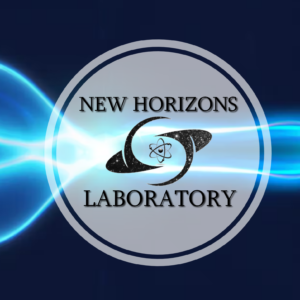Trinity College Joins Elite Research Collaboration to Explore the Cosmos
Trinity College was recently accepted to the LIGO (Laser Interferometer Gravitational-wave Observatory) worldwide scientific collaboration, enabling a new physics faculty member to continue researching ways to optimize the detectors that track gravitational waves and new astrophysical phenomena.
Throughout history, humans have mainly relied on different forms of light to observe the universe. Today, scientists have a new frontier to explore the cosmos: gravitational wave astronomy. Gravitational waves carry information on the dynamics of objects in the universe.
“This emerging field of science offers a new way of exploring the fundamental physics of gravity as a tool for astronomical explorations,” said Eyal Schwartz, assistant professor of physics. “Gravitational waves are ripples in the fabric of spacetime, caused by the dynamics of massive objects with extreme acceleration, like colliding black holes or neutron stars.”
Earlier in the semester, Schwartz secured Trinity’s membership in the collaboration, which numbers about 130 colleges and universities representing 20 countries worldwide. In addition to being the only LIGO institution in Connecticut, Trinity is also the only LIGO institution in the New England Small College Athletic Conference (NESCAC).

The LIGO detectors are twin, 4-kilometer-long laser interferometers located in Hanford, Washington, and Livingston, Louisiana. In 2015, a minute signal was detected for the first time, one that originated 1.3 billion years ago when two black holes collided and released energy in the form of gravitational waves.
The LIGO method of detection became a new “messenger” that can provide more information about the universe. Researchers now use data from gravitational waves along with established messengers such as electromagnetic waves, like visible light and radio signals, and high-energy particles, like neutrinos and cosmic rays, to learn about the universe. This in turn redefined multi-messenger astrophysics which led to the milestone first observation of the merger of two neutron stars in 2017.
The merger of two neutron stars, combined with contributions to the development of the LIGO detector, earned three key players in the LIGO Scientific collaboration the 2017 Nobel Prize in Physics. Since that time, more than 200 detections of gravitational waves have been identified, and the search for new astrophysical phenomena is ongoing as LIGO is now in the midst of its fourth observation run.
The LIGO collaboration encompasses scholars from a range disciplines such as physics, engineering, chemistry, materials science and math, dedicated to detecting the gravitational waves predicted by Albert Einstein’s 1915 general theory of relativity.
Trinity’s participation in the LIGO collaboration provides on campus research and internship opportunities for students including travel to the detector sites and hands on experience on large experiments.
“This will allow all of us to actively contribute to one of the largest and famous collaborative scientific endeavors in the world,” said Schwartz.
